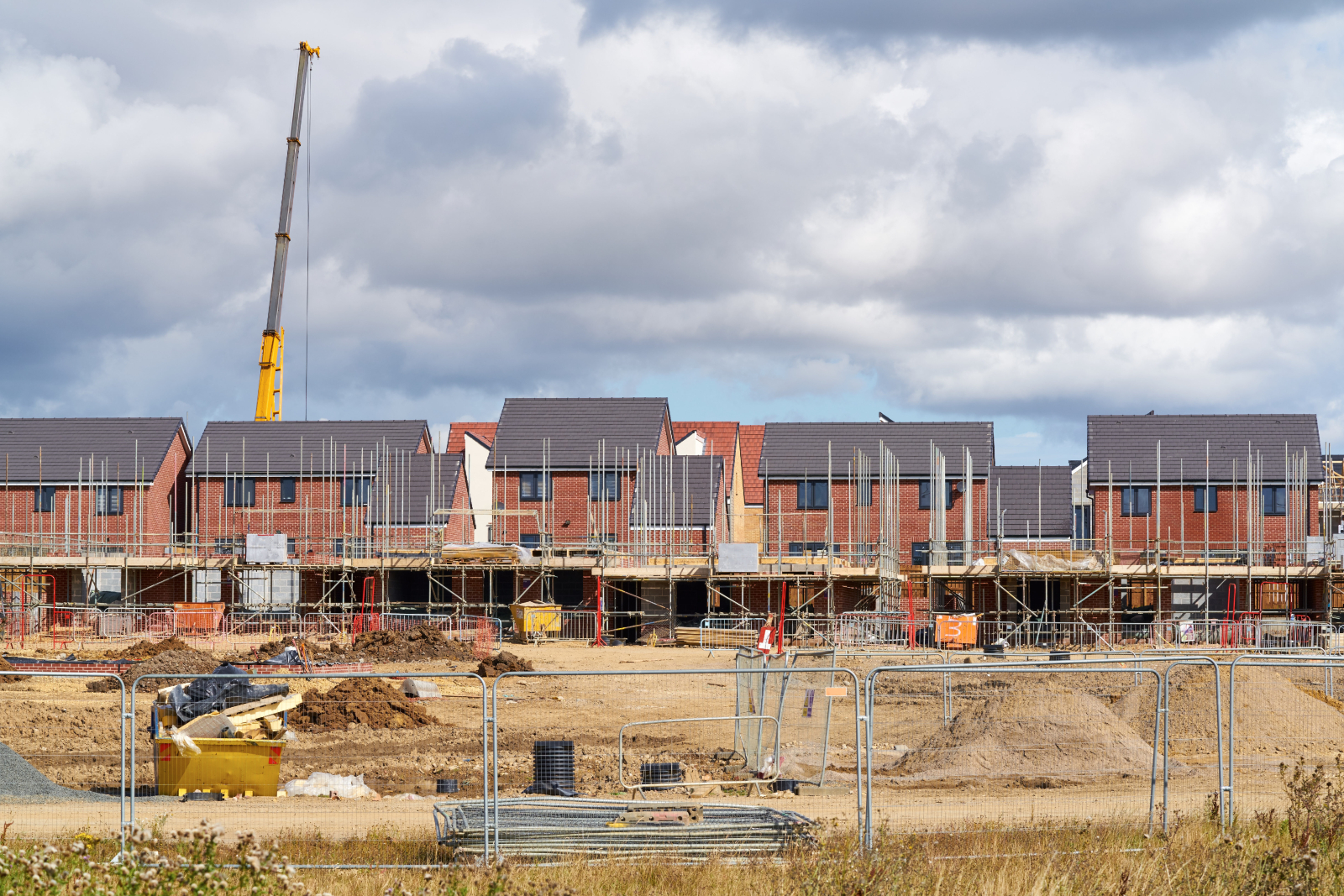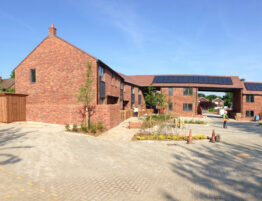
The construction industry is once again seeing headlines that highlight the challenges in building enough homes to meet demand. Recent figures show that planning approvals have dropped sharply – and for those of us working in construction, that raises questions about what the pipeline of projects could look like as well as other economic risks.
So, what’s behind the downturn and what could it mean for the sector? Keep reading to find out more.
A sharp fall in approvals
According to the latest Home Builders Federation (HBF) data, planning permissions granted for new homes in England fell to just 44,520 units in the second quarter of 2025 – down 17% year-on-year and the lowest quarterly total since 2012.
Looking at the wider picture, in the year to June, only 8,200 construction sites received the green light – the lowest number since records began. Meanwhile, the rolling annual total of 221,900 units marks the lowest rate in 12 years and is well short of the estimated 370,000 required to meet the government’s pledge of 1.5 million homes by 2029.
What’s driving the decline?
Experts say a combination of factors is behind the downturn in approvals including:
- Weak demand: Fuelled by the lack of affordable mortgage lending, high interest rates and no official first-time buyer support schemes.
- Planning delays: Backlogs and delays in applications being processed by local authority planning departments are common, making home building increasingly difficult, particularly for small builders.
- Regulatory pressure: New rules, environmental requirements and taxation is adding to the complexity and cost of building.
Why this matters
For construction businesses, fewer approvals mean fewer opportunities in the pipeline and the knock-on effect is significant:
- Reduced certainty: Without a steady flow of permissions, firms find it harder to plan resources and make investment decisions.
- Housing targets under strain: The government’s ambition to deliver 1.5 million homes by 2029 is increasingly out of reach, with current projections suggesting completions could fall short by around 660,000 homes.
- Economic risk: Housing is a key driver of jobs and growth. A slowdown risks undermining not just our industry but also wider local economies that rely on development.
Where does that leave us?
The figures present a sobering reality but also underline the importance of intervention that goes beyond the government’s proposed simplification of the planning system that was announced shortly after the last election. Alongside those changes, industry groups are calling for action to support first-time buyers and address the wider issues affecting the housing market.
Neil Jefferson, Chief Executive at the Home Builders Federation, said:
“This research highlights the fragility of the housing pipeline and a continued downward trajectory that shows little sign of changing soon. Without meaningful action to tackle constraints on housing delivery, the early confidence that industry placed in the Government will undoubtedly begin to wane.
“What’s needed now is decisive action to tackle broader market constraints. Ministers need to look beyond tweaks to the planning system and take a proper look at the market fundamentals that ultimately determine how many homes can be built.
“Investment in new homes depends on the building of those homes being economically viable and for there to be a realistic chance of selling new homes. Loading more and more taxes on home building is working against the overarching objectives of the government to build more homes.”
What do you think?
Is the planning system the biggest barrier to building the homes we need? Is it the rising regulatory costs and taxes? Or are wider market conditions that affect first-time buyers to blame? Join the conversation with us our Facebook or LinkedIn pages.
08.09.2025
Feature image: DuncanAdison/Shutterstock.com








